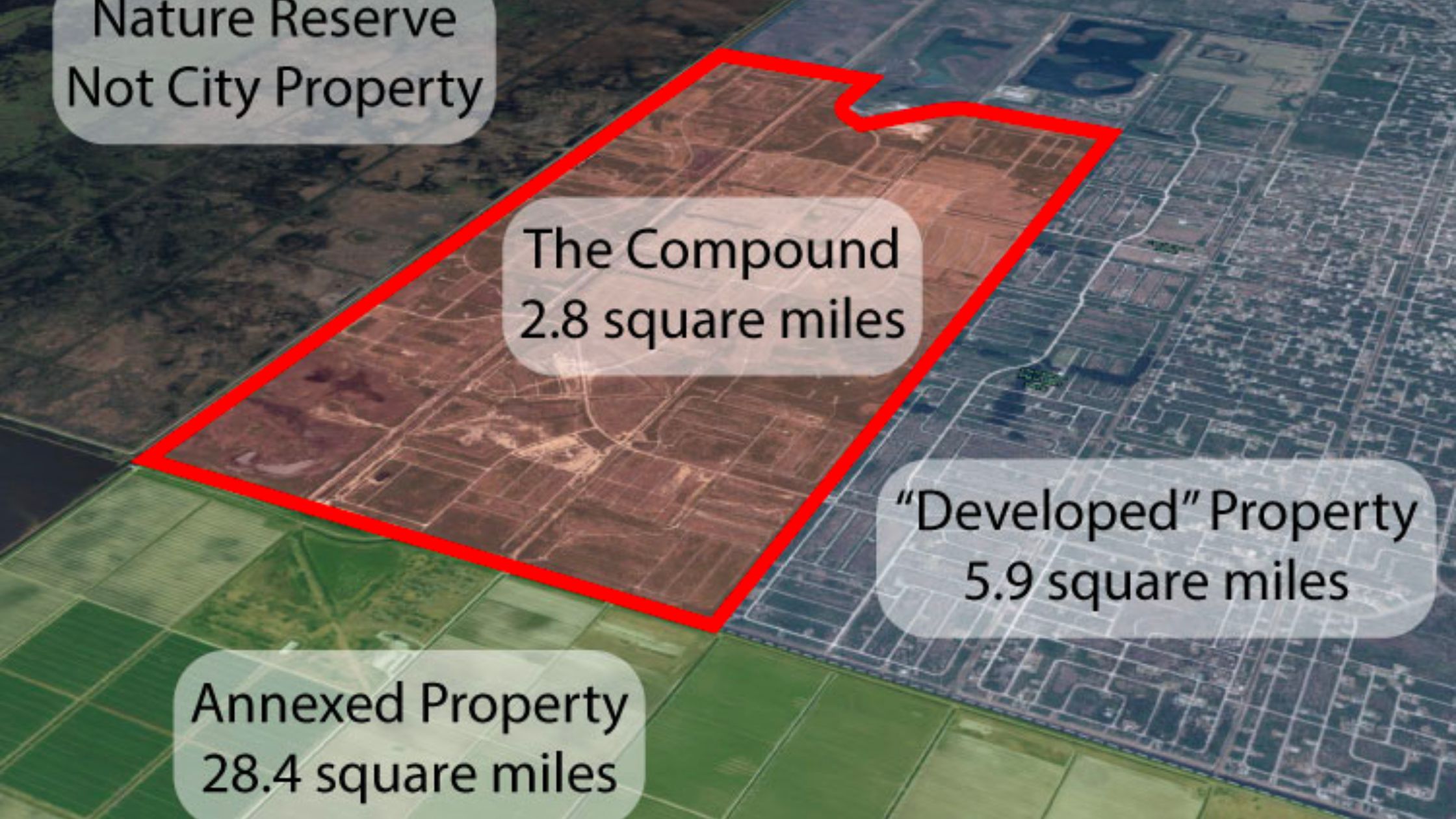This Valentine’s Day, SpaceX is setting hearts aflutter with not one, but two rocket launches. The Falcon 9 rockets are scheduled to take off from Kennedy Space Center and Cape Canaveral Space Force Station. The first launch, Nova C (IM-1), is set for 12:57am, followed by the USSF-124 mission at 5:30pm. These back-to-back launches will elevate our national security and lunar knowledge. They will also continue to demonstrate SpaceX’s ability to make rocket launches affordable and practical.
Will Commercial Lunar Lander Nova-C Succeed Where Peregrine Failed?
The Nova-C IM-1 mission, organized by Intuitive Machines in collaboration with NASA’s Commercial Lunar Payload Services (CLPS) program is an ambitious lunar exploration mission. The mission’s primary objective is to land the Nova-C lander, also known as Odysseus, on the moon, carrying a suite of payloads from NASA as well as commercial entities. If a successful lunar landing occurs, it will be the first commercial landing by the NASA CLPS program. The first attempt on January 8th, 2024, failed when the Peregrine lunar lander by Astrobotic encountered a propulsion system malfunction.

These missions represent a blend of scientific exploration and commercial interests, aiming to pave the way for even more lunar missions and the broader goal of sustainable lunar habitation. To return humans to the moon, NASA is developing the SLS rocket, Space Launch System. The Artemis program, twin sister of Apollo, aims to return humans to the Moon by the end of the decade. Artemis I successfully launched November 16, 2022. Artemis II is expected to launch no earlier than September of 2025.
Nova-C is scheduled for launch on February 14, 2024, at 12:57am, the Nova-C IM-1 will embark on its journey aboard a SpaceX Falcon 9 rocket from Launch Complex 39A at Kennedy Space Center, Florida. The mission carries an array of scientific instruments and technologies designed to study the lunar surface and its environment. Payloads include:
- EagleCam, a CubeSat camera designed to capture the first third-person images of a lunar landing
- Radio Frequency Mass Gauge (RFMG) payload, which represents the first long-duration test of an RFMG on a standalone spacecraft
- Navigation Doppler Lidar for precise velocity and range sensing, which is critical for the precise landing of future spacecraft on the lunar surface and other planetary bodies
- Radio-wave Observations at the Lunar Surface of the photo Electron Sheath (ROLSES) payload to determine the density of the electron sheath above the Moon’s surface
- Stereo Cameras for Lunar Plume-Surface Studies (SCALPSS), which will capture video and still image data of the lander’s descent engine plume as it impacts the lunar surface
- The Lunaprise payload, an indestructible time capsule containing data from 1 million “earth ambassadors.” This project aims to preserve humanity’s legacy by archiving stories and messages in a collection called “The Humanity Hall of Fame”
The collaboration between commercial companies, NASA, and SpaceX exemplifies the evolving landscape of space exploration, where government agencies and private entities join forces to achieve common objectives. The successful deployment and operation of the Nova-C lander would not only contribute valuable scientific data but also demonstrate the feasibility and reliability of commercial lunar landers.

USSF-124 Mission to Track Hypersonic Missiles
On February 14th, at 5:30pm, the United States Space Force is launching a National Defense mission, USSF-124. The launch is scheduled to take place from Cape Canaveral Space Force Station, LC40 using the powerful Falcon 9 rocket.
The mission is to deliver the Hypersonic and Ballistic Tracking Space Sensor (HBTSS) which involves pairing medium field-of-view satellites with another set of satellites that have a wide field-of-view, developed by the Space Development Agency (SDA) under its Tracking Layer effort. This collaboration aims to establish a Low Earth Orbit network capable of detecting and continuously tracking maneuvering hypersonic missiles, which present challenges for current Pentagon missile warning systems and radar due to their complex trajectories and high speeds.





